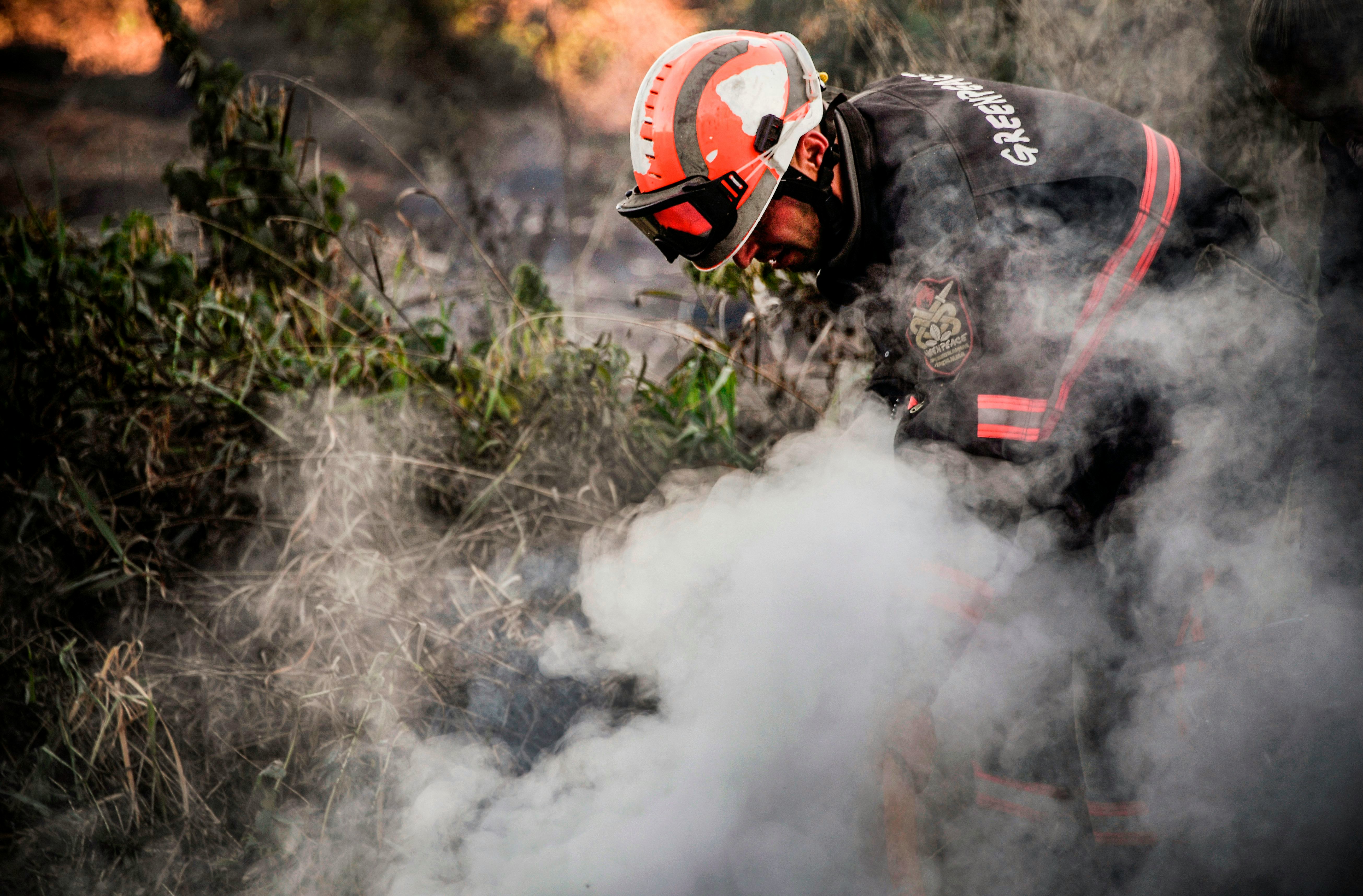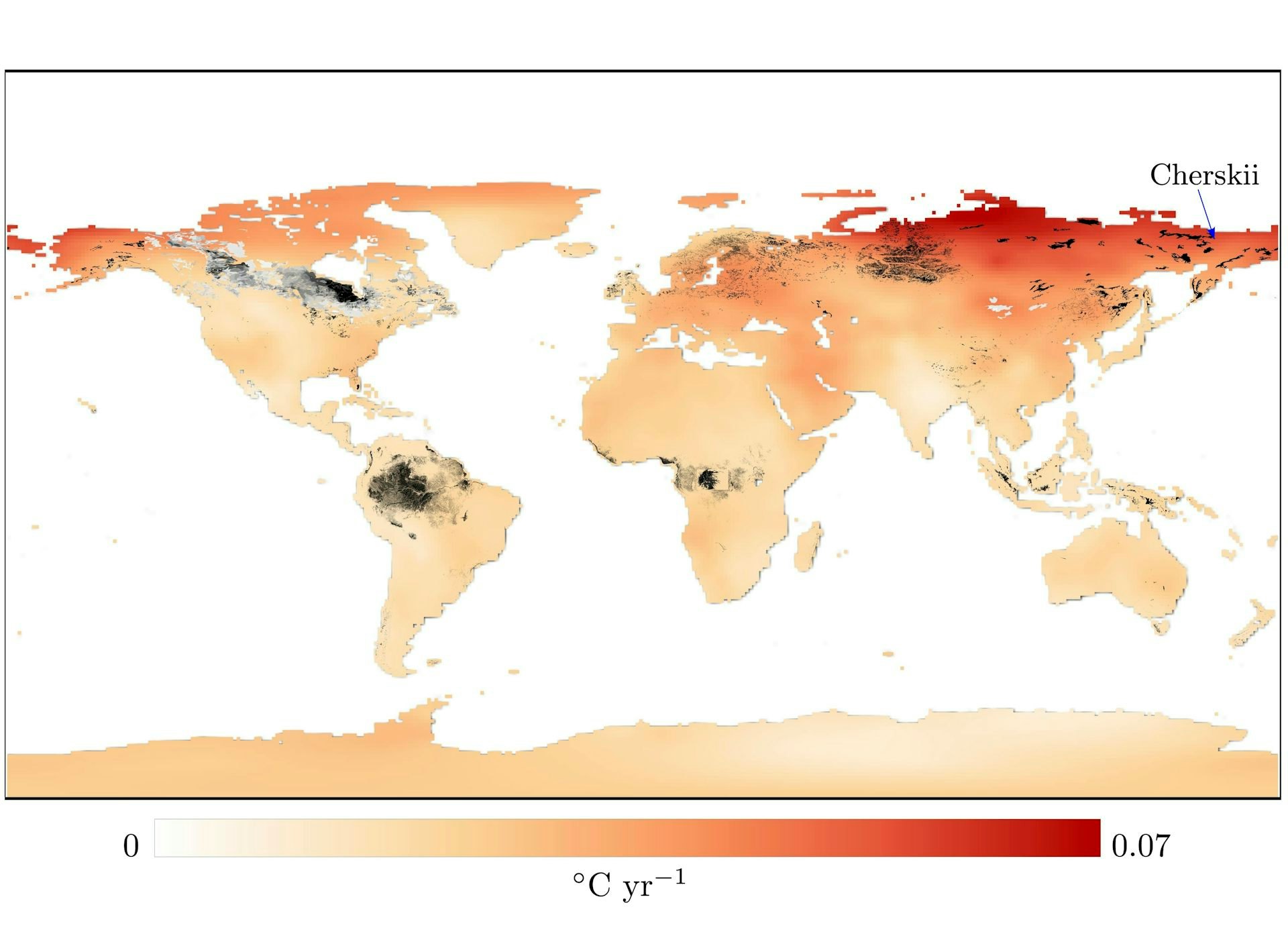
So-called “zombie fires” in the peatlands of Alaska, Canada, and Siberia disappear from the Earth’s surface and smolder underground during the winter before coming back to life the following spring. These fires puzzle scientists because they appear in early May, way ahead of the usual fire season in the far north, and can reignite for a number of years.
Most scientists believe that zombie fires are the remnants of fires on the surface, but we have identified an alternative cause. Our research suggests that rapid atmospheric warming above ground can cause peat soils to suddenly heat up to smoldering temperatures underground, all without any spark or other ignition. These zombie fires may be a case of climate change-driven spontaneous combustion.
Reports of such fires date back to the 1940s when they were rare events. However, the frequency and intensity of these fires have increased significantly in the past two decades, hand in hand with accelerated warming in the Arctic, the fastest-warming region on the planet.
At the start of 2024, more than 100 zombie fires were active in the Canadian province of British Columbia alone. Zombie fires have even been recorded near the coldest village on earth, Oymyakon in north eastern Siberia, where they carried over through multiple winters and account for around 3.5% of area burned in the wider region each year.

More carbon is trapped in temperature-sensitive Arctic peat soils than is found in the entire atmosphere, and these fires are releasing gigatonnes of it into the atmosphere. We wanted to know if sudden warming might be directly responsible.
Turning Up The Microbial Heat
We developed a mathematical model to explore different what-if scenarios, including how the temperature and carbon content of peat soils respond to changes in the weather and climate. Crucially, our model captures how certain microbes generate heat while breaking down soil and releasing its carbon into the atmosphere.
We obtained two remarkable results:
The first is that those microbes can generate so much heat that underground peat can smolder at around 80°C over the winter, ready to ignite in spring. And this can happen without there ever having been a fire in that spot above ground, and without the weather above ground reaching the sorts of temperatures that would normally be needed for soil to burn.
We call this new state the hot metastable state of peat soils. In this context, “metastable” means a long burn – the hot state lasts for a long but finite time, up to ten years until the peat burns out.
Our other key finding is that a sudden transition from the regular cold state to the hot metastable state can be triggered by realistic climate patterns alone, including summer heat waves and global warming scenarios. Most interestingly, the increase in the atmospheric temperature has to be faster than some critical rate to trigger the transition. If the atmospheric temperature increases by the same amount but at a slower rate, bioactive peat soil remains in the regular cold state and never transitions to the hot metastable state.
We still do not have proof this happening in the real world, and it hasn’t been demonstrated in a lab – for now, this is a phenomenon seen only in our models. But we do know that compost (very similar to peat) can catch fire in the same way. For instance a large fire on the outskirts of London during a heatwave in 2022 was probably caused by a pile of compost spontaneously combusting.
All this suggests that atmospheric temperature is not actually the key critical factor for zombie fires. Rather, it is the rate of atmospheric warming that triggers long burns of underground peat. Put simply, it is not the heat, it is the rate.
Fighting Zombies
As the climate warms, the weather is becoming more extreme, and these are precisely the conditions that can lead to more and more zombie fires. This is concerning as it could kick off a vicious cycle: the gigatonnes of carbon released from ancient peat soils into the atmosphere are likely to make the climatic changes even worse, which means more fires, more extreme weather, and so on.
Indeed, zombie fires are an example of a rate-induced tipping point, where a system fails to adapt to too-fast changes in external conditions and transitions from its regular state to a different, often undesired state. It is possible that the contemporary climate is approaching – or has already exceeded – dangerous rates of change for certain natural system, such as bioactive peat soils, which could explain the recent increase in zombie fires.
It appears that the only solution to prevent further zombie fires is to limit climate variability. While policymakers focus on dangerous levels of atmospheric temperature (the heat), climate variability (the rate of change) could be equally or even more relevant to our resilience in the short term.
This article was originally published on The Conversation by Sebastian Wieczorek, Eoin O'Sullivan and Kieran Mulchrone at the University College Cork. Read the original article here.







